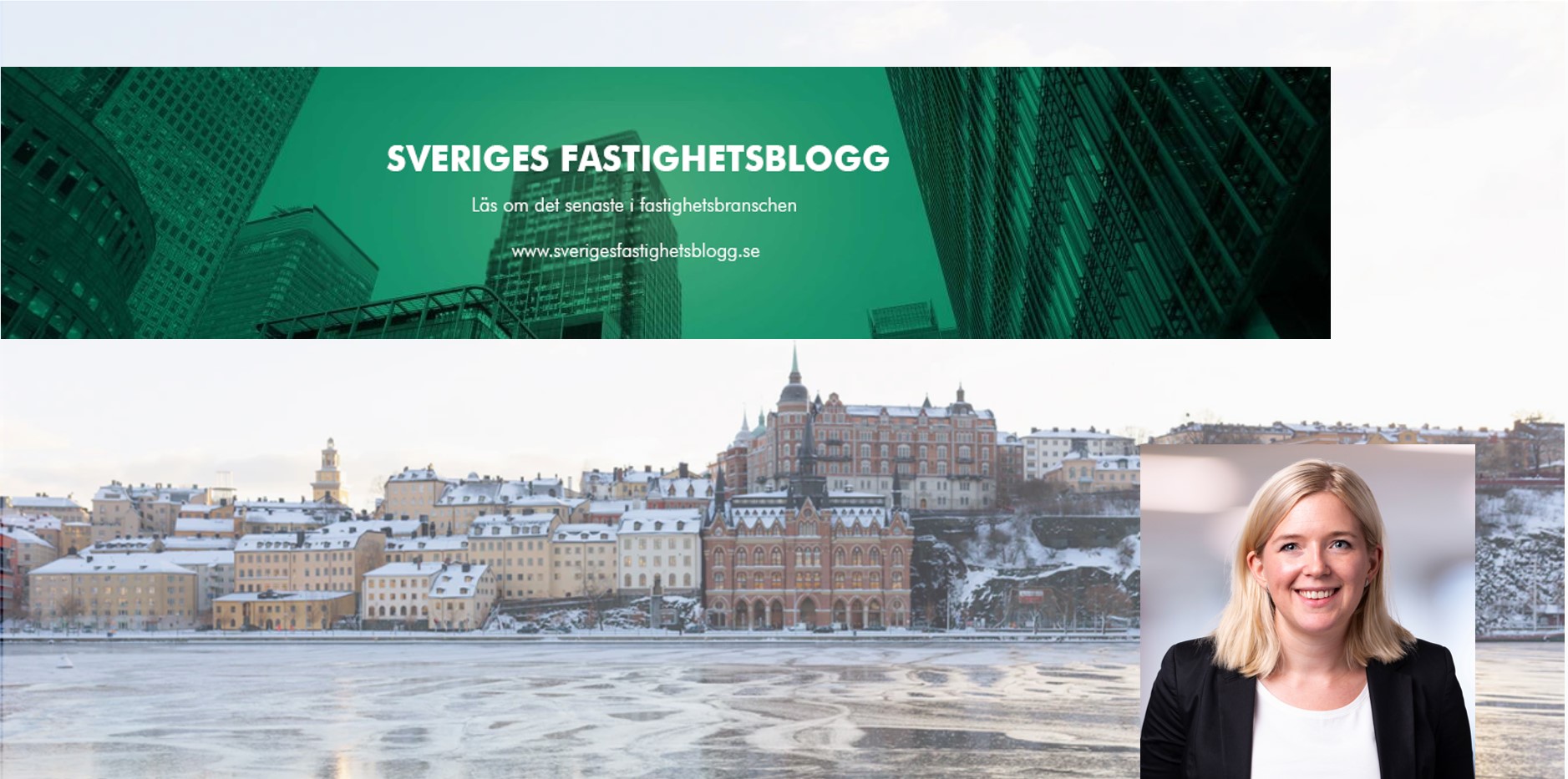This is the season to review how the year turned out compared to what we forecasted in our Real Estate Outlook 2019, before it’s time to look at the year ahead.
Economic environment
The Swedish GDP continues to be expected to come in a lot lower in 2019 compared to 2018 (1.3% vs. 2.4%). The largest reasons for this are a lower residential construction pace along with a high savings ratio for Swedish households. The currency, SEK, has been very weak during the year, which can be a contributing factor to that we have seen a larger share of foreign investors this year than “normal”.
Capital markets
We also thought income growth would remain robust for the year but that the growth pace would come down from high levels, and that has largely been the case. We thought we’d see strong M&A activity during the year, and there has been some notable deals in the listed sector, such as Vonovia acquiring the majority stake in Hembla, and SBBs recent bid on Hemfosa.
We believed the expectations of capital value growth to have moderated and did not expect further yield compression. This has proved to be wrong, especially in the logistics segment. The large interest in megatrends such as e-commerce, an attractive yield gap and a large share of institutional capital seeking returns in sectors outside the bond and equities market have continued to put pressure on yields.
Have you read our Swedish Investment Market Snapshot Q3 2019? You can find it here.
The office market
In the office occupier market, the tech & gaming sector has this year only been the 3rd largest industry. Instead, we have seen a large chunk of the take up being dominated by the public sector and finance. The vacancy rate has trended down across all submarkets during the year.
Have you read our Swedish Office Marketview Snaphot Q3 2019? You can find it here.
The residential and retail segment
We believed residential prices would stabilize during the year as the new supply coming to market would start to decrease. This prediction turned out to be right; nationwide, residential prices for apartments are up +6% (January – October) and +3% for houses.
We believed that the stabilization of residential prices, along with fiscal stimulus, could be positive for the retail sector. The overall turnover increased with 3.5% in value and by 2.5% in volume in January – October 2019 compared with 2018. The value growth was higher in the FMCG sector (3.5%) than for durable goods (3.3%). The reverse, however, was true with regards to volume growth (0.6% for FMCG and 3.7% for durable goods, non-seasonably adjusted).
Household consumption growth was weak during 2018 but has turned up this year (until August 2019 y-o-y). The e-commerce growth in retail remains high across all sectors but has slowed down. The weak Swedish currency could possibly have a dampening effect on cross border e-commerce. The polarization across the sector continues, with prime locations and discount chains in big box areas continuing to perform, whereas the mid-segment is facing tough competition.
Logistics
We believed the investment volumes for logistics would reach a record-high during the year, and this prediction has turned out to be true. The expected growth and need for logistics space to ship to end consumer in the wake of growing e-commerce has attracted a large investor interest for the segment.
Have you read our Swedish Logistics Snapshot Q3 2019? You can find it here.
The public sector properties
We believed institutional interest in public sector properties would continue in 2019, resulting in stable investment volumes. We underestimated the interest in this segment, as we have seen several new companies entering the segment and investment volumes reaching a record-high.
Conclusion
2019 turned out to be stronger than we predicted in the beginning of the year. Although weaker growth for the overall economy seems likely for the year ahead, the long-term trend of growing global institutional capital targeting real estate is likely to continue. Beginning of February we will publish our Market Outlook for 2020. Please make sure to get your copy by subscribing to this blog or by sending an e-mail to CBRE.Sweden@cbre.com

